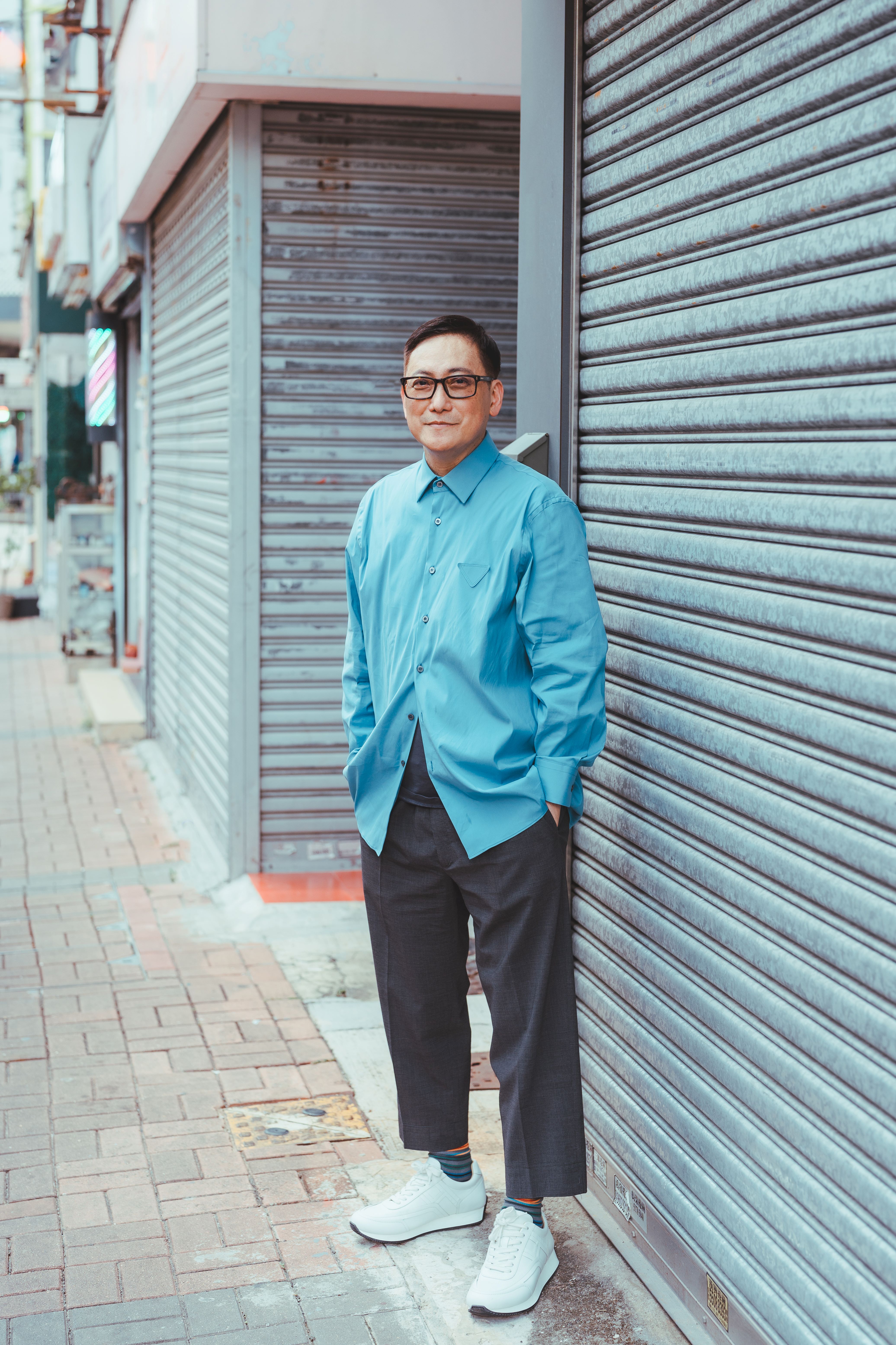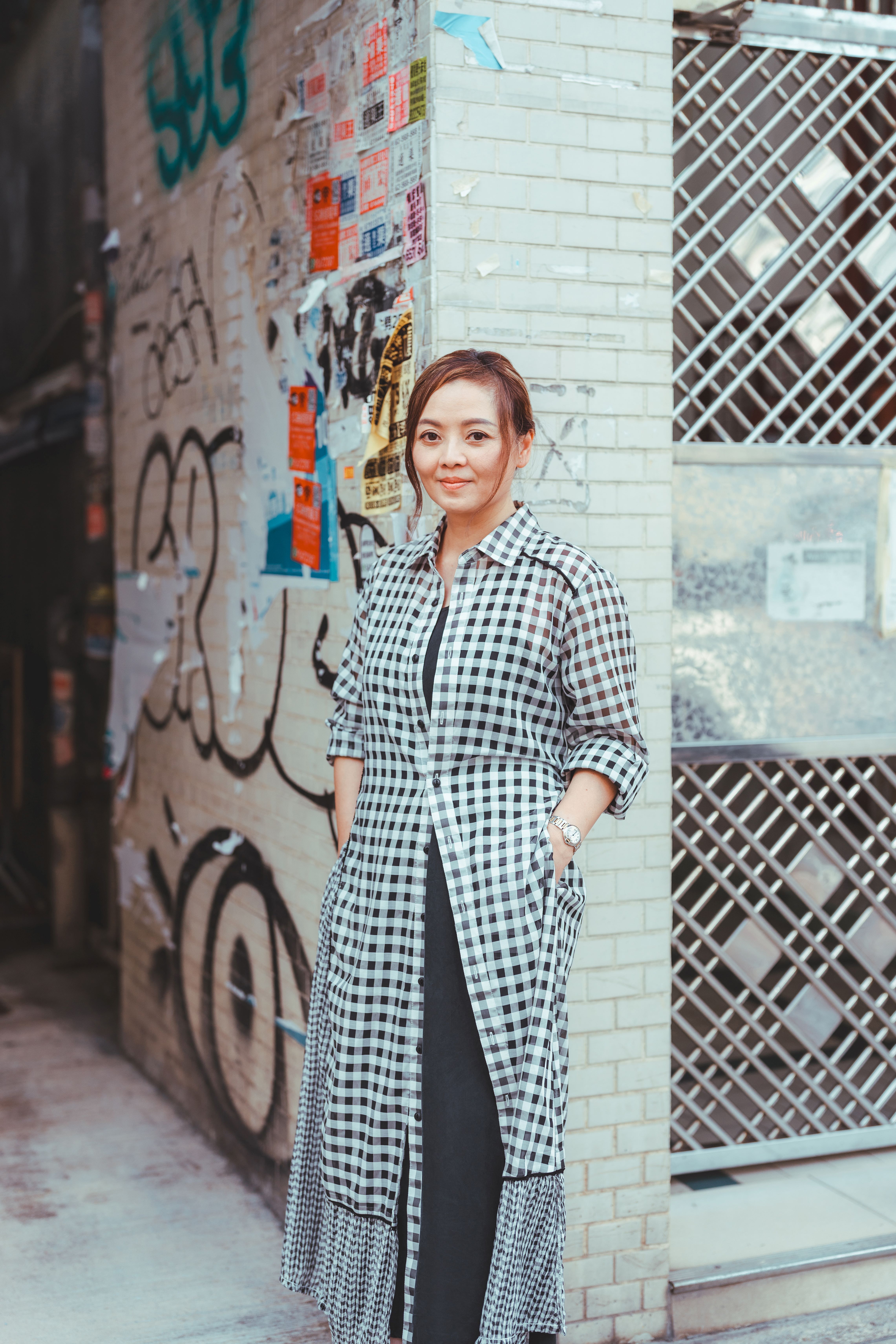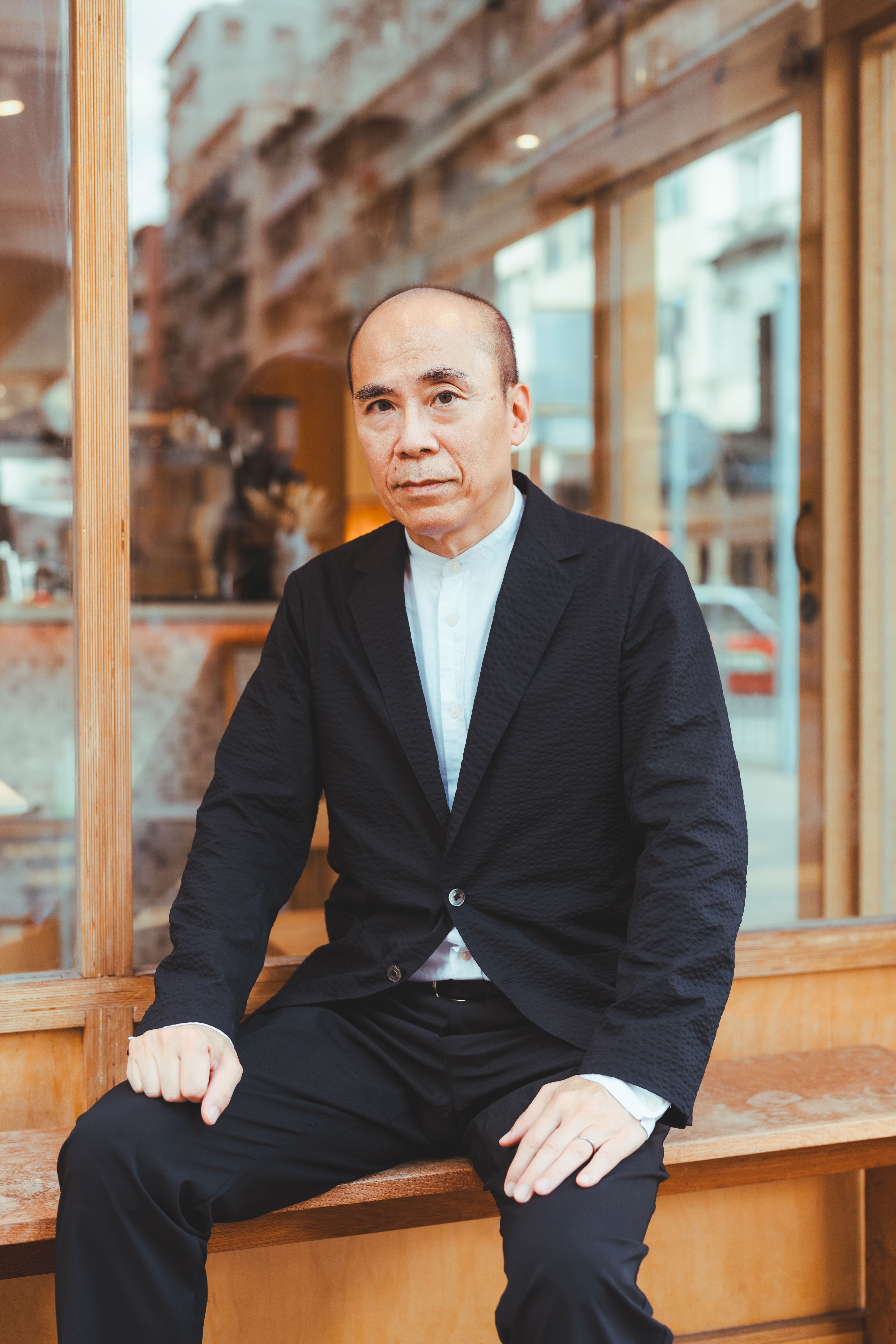DMatters Apr 2024 Issue’s Headline Story: Nurturing Creativity: The Transformative Power of Industry Mentors

Hong Kong is a fertile environment for creative minds to push boundaries and reimagine the possibilities of design, and there are many talented young designers brimming with potential here. However, the point where raw creativity needs to be transformed into tangible commercial viability is an important crossroad for any designer. This is where the influence of industry mentors becomes a guiding beacon on the runway towards success. HKDC’s Design Incubation Programme (DIP) is a two-year programme that provides financial support, training and mentorship for young designers. The synergy between seasoned industry professionals and the talent they nurture is a symbiotic relationship that fosters learning on both sides. Here, our mentors give us a glimpse into their own journeys in the design world, and share their hard-earned wisdom and expertise.

Mr. Walter Ma, Vice Chairman of Hong Kong Fashion Designers Association
Would you tell us how you started your career in the design industry and how you keep your brand competitive long-term?
I studied fashion design at the Hong Kong Institution of Fashion Design, and dressmaking at Far East Dressmaking School respectively. After graduating, I was invited to be a guest tutor at both schools. This allowed me to further my learning by supporting new students and exploring ways to achieve my ultimate goal of launching my own fashion brand. At that time, I joined a major Far East Dressmaking School’s fashion show. Following this exposure, I was invited to be interviewed on a television show. My first employer saw the interview and gave me a call - inviting me to join their company. I learnt a lot about design, production, and business operations there.
With that entrepreneurial foundation, just 8 months later, I established my own fashion house – Vee by Walter Ma. My rule of thumb for healthy and sustainable growth is to remain competitive in the ever-changing industry and to evolve over time. Focusing on innovation and reacting to market trends has been key to the brand's ongoing success.
Would you tell us about how the fashion design industry in Hong Kong has changed in recent decades?
I began my career in the mid-1970s, when international fashion brands had yet to dominate the Hong Kong market. Local selections were limited at the time, so my distinctive designs offered something fresh for customers to discover. Today's landscape has changed dramatically. With the internet and social media, consumers have access to trends from around the globe instantly. For local brands like mine to remain top-of-mind amidst the influx of information, we must enhance our marketing efforts to stay on people's radars.
Compared to when I started, the government now provides ample opportunities to support fashion education through creative funding and workshops — resources that did not exist previously. This encourages young talents to explore and develop their skills. I hope the next generation will make the most of these advantages to forge their own paths in this dynamic industry. Constant evolution is essential given today's fast-paced climate, but passion and perseverance will always lead to success.
What advice do you have for aspiring designers who are running businesses in the industry?
Every fashion designer dreams of succeeding on the global stage — participating in major fashion weeks and gaining recognition internationally. However, breaking into established European markets presents challenges for new designers due to high costs. To lay the foundation for future expansion, we must first approach fashion as the business it is. Stabilising revenue streams and minimising overheads at home will allow brands to strengthen their financial footing before venturing abroad.
Meanwhile, the Mainland market offers tremendous opportunities for growth. As interest in fashion continues to rise there, young designers would be wise to explore opportunities within the thriving domestic scene. Last but not least, focusing on astute execution will be the key to bring concepts to life.

Ms. Mandy Tsang, Founder and Creative Director of eMotionLAB, a Motion Design Studio
Would you tell us your story about how you started your own business?
I was searching for a role that would combine my passions for design and video production. Usually, these two fields are separate in most industries. However, the rise of social media gave rise to a growing demand for engaging visuals. As platforms like YouTube and Instagram boomed in the 2010s, the need for dynamic motion design emerged. I founded eMotionLAB in 2012 to deliver creativelydriven motion work to clients.
Would you tell us the element(s) that you consider as important for success in the design business?
Passion and perseverance lay the groundwork for achievement in any industry. That being said, deft communication and proficient execution are equally paramount in the design business, as expertise alone is insufficient. One must skilfully convey concepts and interact with clients. Converting ideas into quality, on-schedule outcomes requires agile project management and problem-solving. It is through technical prowess paired with excellent communication and follow-through that designers find lasting recognition.
What is the most memorable experience you can share with our DIP incubatees?
My first government project holds a special place in my career – it was a series of promotional videos for the Economic Development Committee, combining live action and motion graphics. Its extensive scope demanded far more time than typical productions. With tight deadlines looming, the challenges seemed insurmountable at times. Yet my dedicated team spurred me on during my moments of doubt. Their unfailing support helped ensure project delivery, culminating in high praise from the government client.
This experience taught me that even in the face of immense difficulties, a persevering spirit remains key. No goal is unattainable as long as one refuses to surrender. I share this story hoping to encourage DIP incubatees that commitment and diligent effort can help them surmount obstacles at work and events in life. Through teamwork and a strong will to succeed, all things become possible.
As a mentor for DIP, what advice do you have for aspiring designers who are just starting out in the industry?
To thrive in the ever-evolving design industry requires concentration, continuous learning and growth. If there’s something that separates pros from amateurs, it’s the willingness to welcome obstacles, take smart risks and embrace challenges. Making the most of networking, embracing feedback to strengthen your skills and maintaining a professional yet innovative approach will help you stay ahead of the curve. All in all, success comes to those who embrace challenges. But success doesn't come overnight. It demands commitment to consistent self-improvement through diligent and never-ending work.

Mr. Ron Leung, Founder and Creative Director of L.I.M. Design Work, a Multi-disciplinary Design House
What are the biggest challenges facing young designers in Hong Kong’s business environment today?
The primary challenge faced by designers and the design industry in Hong Kong, as well as in general, pertains to the limited recognition of the value of design within society. The prevailing perception among individuals is that design is solely associated with aesthetics, which is often considered an optional factor in the market and business competition. However, it is important to acknowledge that design is an indispensable element for achieving success in competitive environments. If business managers currently only perceive design as a mere expense, it is imperative that they reconsider their perspective. Design should not be regarded solely as an expenditure; rather, it should be viewed as an investment that can yield returns. Until the broader society and clients recognise the inherent value of design is not merely aesthetic but more accurately: 'understanding audience needs' , designers and design businesses will continue to face challenges.
How do you help DIP incubatees navigate those challenges you just mentioned?
As a mentor, I am so gratified to witness the growth of these exceptional young talents who possess remarkable abilities and promise, thanks to the comprehensive business training, support and guidance of the programme. In my role, I offer advice and suggestions based on my experience, providing objective insights when needed. I also give them my opinions on how to leverage their strengths and advantages to maximise their competitiveness, address any challenges or shortcomings in their business models, and strategically position their businesses within the market in alignment with their specialised offerings. Often, these aspiring designers find themselves at a crossroad, facing perplexing decisions, and I assist them in making informed choices.
What advice would you give to young designers who want to expand their business outside Hong Kong?
Hong Kong designers are highly adaptable, thanks to their long-established history and repertoire of catering to the needs of global markets. It is crucial for young designers to avoid limiting their vision and business prospects solely to Hong Kong. Numerous potential markets surround us, extending beyond the traditional markets of the Americas and Europe. The ASEAN and North Eastern Asia regions offer vast opportunities, not to mention the ready accessibility of the Greater Bay Area and the rest of the mainland China market. Moreover, the emerging Middle East market should not be overlooked. Overall, we possess the advantage and competitive edge required to thrive in these markets. Just be brave and step out!